T4K3.news
Newsom pushes November ballot to redraw districts
California voters will decide whether to suspend the independent redistricting commission and redraw congressional maps ahead of 2026
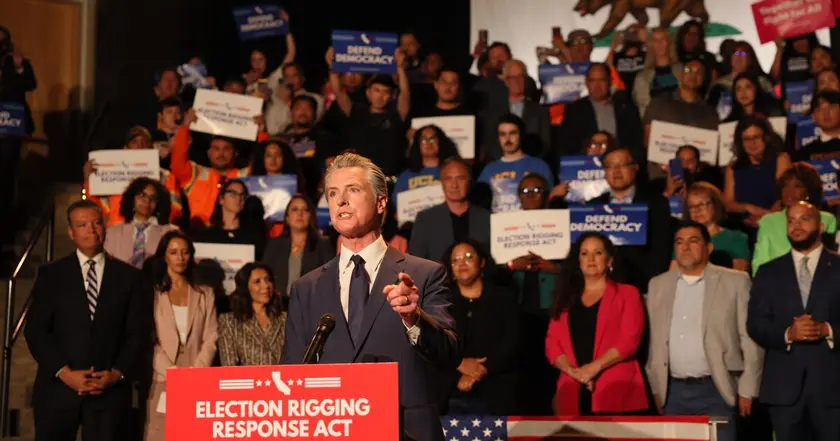
California voters face a high stake ballot measure that would suspend an independent redistricting panel and redraw congressional maps.
Newsom pushes November ballot to redraw districts and curb Trump influence
Gov. Gavin Newsom announced a plan in Los Angeles to place a ballot measure on the November 4 vote that would suspend California’s independent redistricting commission and prompt a new map for Congress. The measure, named the Election Rigging Response Act, would require a two thirds vote in the Legislature and would take effect only if lawmakers approve it by August 22. If approved, the new maps would apply to the 2026, 2028 and 2030 elections until the commission redraws them in 2031.
Supporters say the move is a necessary response to efforts in Texas and other states to redraw maps in ways that benefit Republicans and weaken Democratic representation. The plan projects a five district shift toward Democrats, potentially reducing the number of Republicans from California in Congress and strengthening Democratic control at the federal level. Opponents call the proposal anti-democratic and warn it could undermine independent redistricting already built to balance partisan data and community interests.
Leaders on both sides framed the issue as a test of democracy in a moment of national redistricting tension, as lawmakers push to decide whether California should bend to partisan maps or defend an independent process that residents voted to establish in 2010.
Key Takeaways
"He doesn’t play by a different set of rules he doesn’t believe in the rules"
Newsom criticizing Trump’s approach and calling for a tougher response
"Two wrongs do not make a right and California shouldn’t stoop to the same tactics as Texas"
Amy Thoma of the Voters First Coalition rebutting the plan
"The politicians in Texas are ripping off the people with their gerrymander"
Christian Martinez of the NRCC commenting on Texas redistricting
"We are ready to do whatever it takes to stop this power grab"
Erika Jones of the California Teachers Assn on the ballot measure
The move puts California at the center of a broader national fight over who draws political maps. It tests whether a state can suspend a long-standing neutral process when partisan pressures mount, and it highlights risks to public trust in elections when rules appear to shift under political pressure. If the Legislature approves the ballot language, the question becomes less about a single map and more about the precedent it sets for future redistricting fights in a country where mapmaking can tilt power for a decade. |
The decision also exposes a deeper polarization: while supporters frame the measure as defending democracy, opponents see it as a shortcut that bypasses a carefully designed system built to protect communities and prevent gerrymandering. The debate could draw in national donors, party strategists and unions, all weighing the symbol versus the substance of independent redistricting in California.
Highlights
- The map becomes the ballot box of a divided era
- Democracy tests itself in the voting booth and the committee room
- A temporary fix could rewrite the future of California politics
- Voters face a choice that goes beyond district lines
Political and legal risk from ballot measure
The proposal tests democratic norms by suspending an independent commission and drawing districts for a multi-year horizon. It raises questions about constitutional process, legislative power, and public trust amid a national wave of redistricting battles. Legal challenges and public backlash could follow if the measure seems to sideline voter-approved mechanisms.
California’s ballot choice may redefine how power is balanced between independent processes and political strategy for years to come.
Enjoyed this? Let your friends know!
Related News

California Democratic leaders back Newsom on redistricting
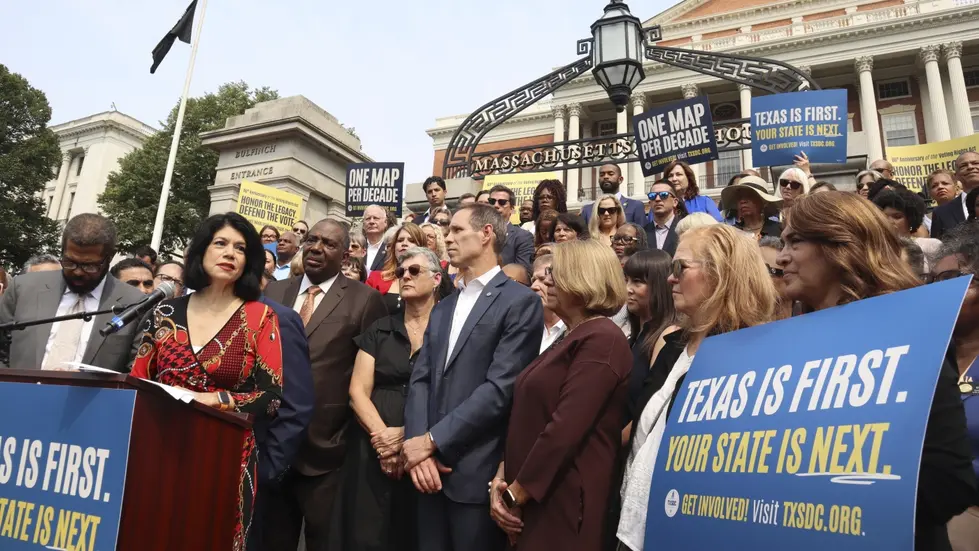
Redistricting Fights Shape Eight States Ahead of 2026 Elections
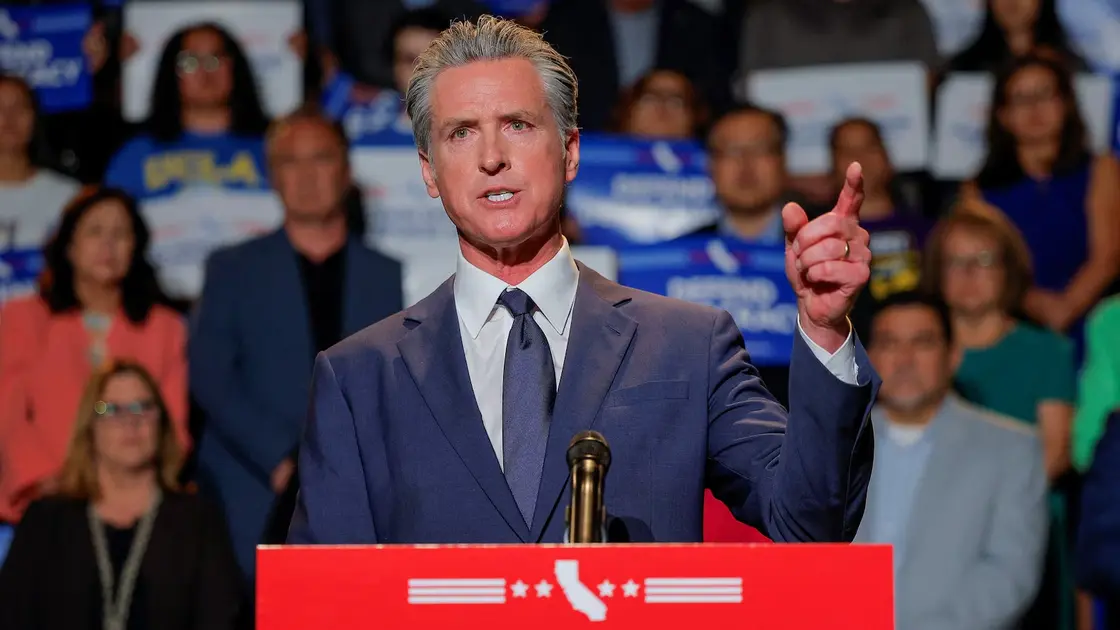
California plans redistricting vote
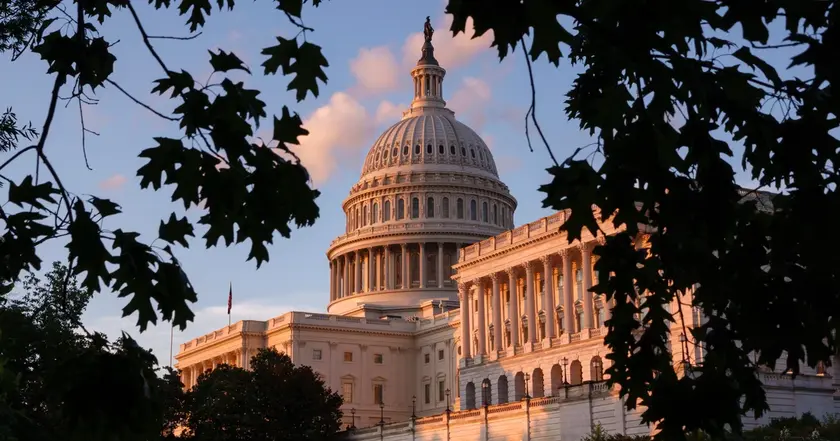
Texas advances controversial redistricting plan

Newsom proposes ballot measure to redraw districts
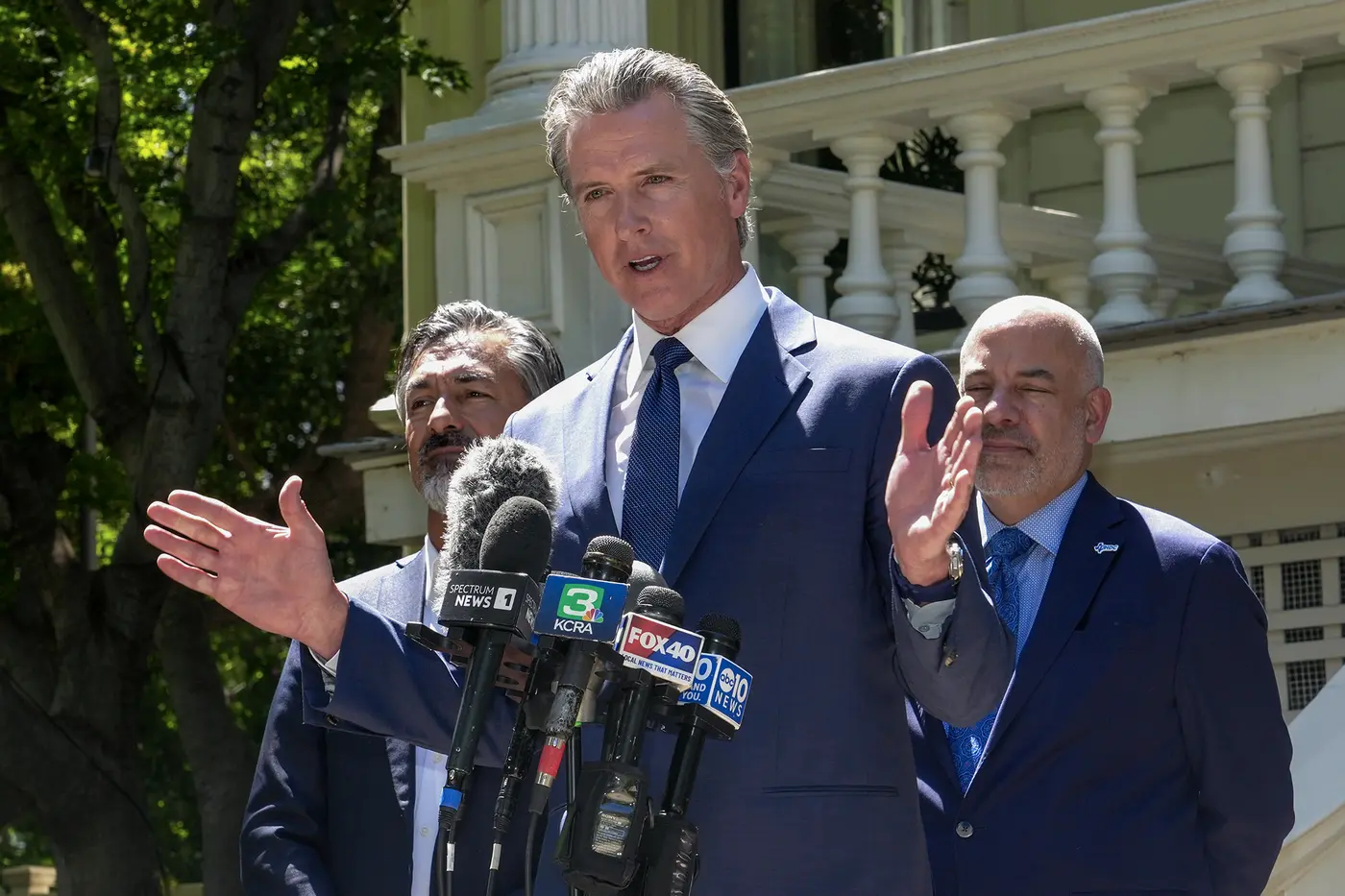
Newsom plans response to Texas redistricting
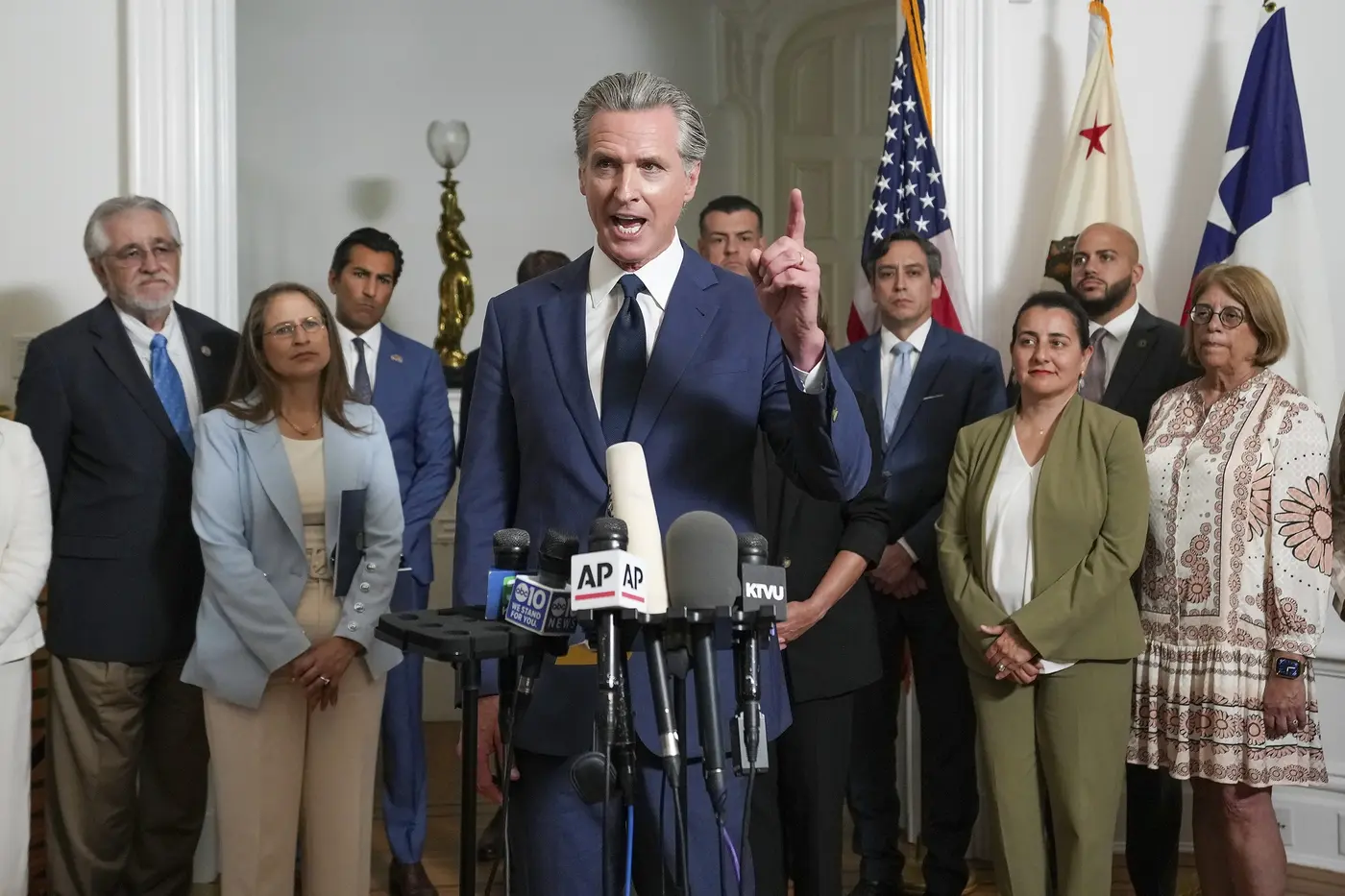
California lawmakers push map redraw

Texas GOP set to redraw congressional maps
